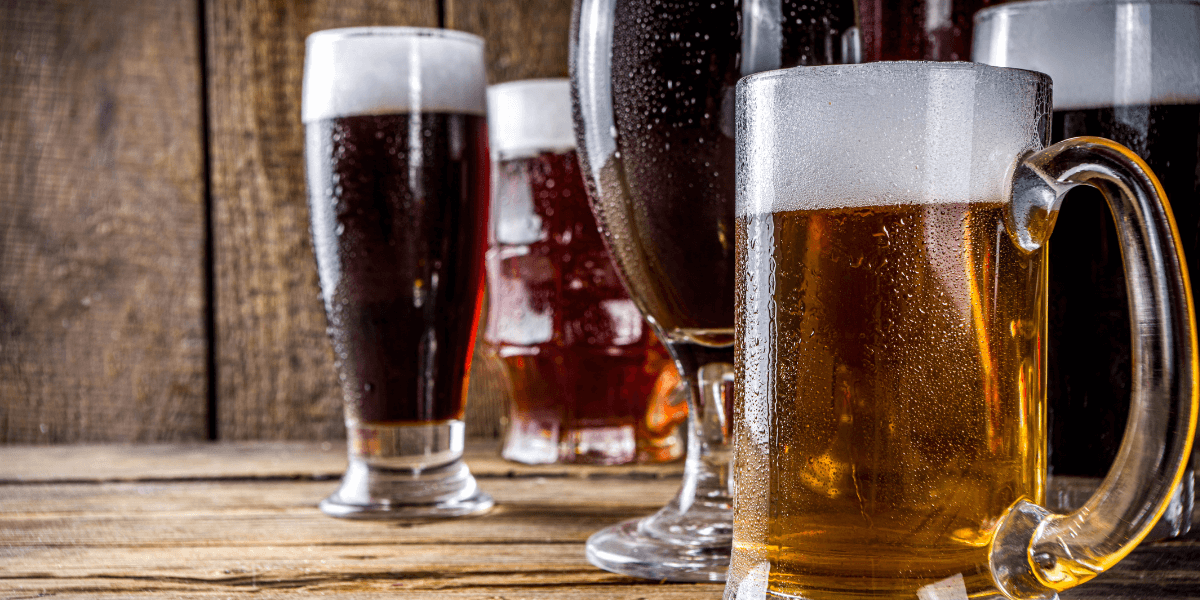
As a homebrewer, one of the most rewarding aspects of the craft is watching the transformation of simple ingredients into a complex and flavorful beer. However, achieving a high-quality brew isn’t as simple as just mixing ingredients and waiting for fermentation. Two key factors that play a pivotal role in this process are yeast flocculation and attenuation. While they may sound like complicated terms, understanding yeast flocculation and attenuation can significantly improve your brewing knowledge and the results of your beer. In this article, I’ll break down what these two terms mean, how they influence the brewing process, and how you can leverage them to perfect your homebrews.
Understanding Yeast Flocculation
Yeast flocculation refers to the ability of yeast cells to clump together and settle out of the liquid after fermentation. This characteristic is crucial for achieving clarity in your beer. When yeast flocculates, it forms clusters that drop out of suspension, allowing your beer to clear up. A yeast strain with high flocculation typically drops out of the wort quickly, while low-flocculating yeasts remain suspended longer, often resulting in cloudier beers.
In the early days of my brewing adventures, I didn’t realize how important yeast flocculation was for the clarity of my beers. I remember brewing a pale ale and noticing that it had a foggy appearance, something I didn’t expect. After doing some research, I learned that yeast flocculation plays a significant role in the clarity of my beer. Now, I pay close attention to the yeast strain I choose, as some strains have stronger flocculation abilities, leading to clearer beer, while others are known for their haze.
The Role of Yeast Strains in Flocculation
Not all yeast strains have the same flocculation abilities. Some are naturally good at flocculating, while others tend to stay suspended throughout fermentation. For example, English ale yeasts are generally known for their high flocculation rates, which helps produce a clean, clear beer. On the other hand, Belgian yeast strains, which are often used in Belgian-style beers, tend to have lower flocculation, resulting in a more cloudy and hazy finish.
When selecting a yeast strain for a particular beer style, I always consider how the flocculation rate will affect the final beer. For example, for a clean lager, I prefer yeast strains with high flocculation, while for a hazy New England IPA, I would opt for a strain with lower flocculation to maintain some cloudiness and enhance the hop flavor.
Yeast Attenuation: What You Need to Know
Yeast attenuation refers to the degree to which yeast ferments the sugars in the wort. In other words, it’s the percentage of fermentable sugars that the yeast consumes during fermentation. The higher the attenuation rate, the drier the beer will be, as more sugars are converted into alcohol and carbon dioxide. Conversely, lower attenuation means less sugar is fermented, leaving behind more residual sweetness and a fuller body.
In the past, I didn’t fully appreciate the significance of yeast attenuation until I noticed that some of my beers were unexpectedly sweeter than I intended. After diving deeper into brewing theory, I realized that yeast attenuation plays a large role in determining the final taste of the beer. By understanding attenuation, I can better control the sweetness and dryness of my beer, tailoring it to the specific style I’m brewing.
How to Measure Yeast Attenuation
To measure yeast attenuation, you need to know the original gravity (OG) and the final gravity (FG) of your beer. The difference between these two values indicates how much of the fermentable sugars the yeast has consumed. Typically, a yeast strain with 75% attenuation will convert 75% of the sugars in the wort into alcohol and carbon dioxide, leaving 25% of the sugars behind as residual sweetness.
As a homebrewer, I always check the OG and FG of my beer to gauge how much sugar the yeast has consumed and how much residual sweetness remains. Understanding yeast attenuation allows me to predict the mouthfeel and taste of my beer more accurately, ensuring that the beer’s body aligns with the style I am brewing.
The Relationship Between Flocculation and Attenuation
Although yeast flocculation and attenuation are separate processes, they are interconnected and can both impact the final result of your beer. For example, yeast strains with high flocculation often leave behind more residual sweetness, as they may not fully ferment all the sugars. On the other hand, yeast strains with low flocculation may ferment more sugars and leave the beer drier, but the yeast will remain suspended, making the beer appear hazier.
I’ve experimented with different yeast strains to balance both flocculation and attenuation to achieve the desired beer characteristics. When brewing a double IPA, I typically opt for a yeast strain with high attenuation to ensure a dry, clean finish. However, I prefer a strain with moderate flocculation to allow the beer to retain a slight haze that complements the hop character.
Adjusting Flocculation and Attenuation for Different Beer Styles
One of the most enjoyable aspects of homebrewing is being able to experiment and adjust the brewing process to suit the specific style of beer you are creating. By understanding yeast flocculation and attenuation, I can make informed decisions about which yeast strain to use and how to fine-tune my beer’s flavor and appearance.
For instance, when brewing a stout, I often choose a yeast strain with low attenuation and moderate flocculation to maintain a fuller, sweeter body and a slightly cloudy appearance. On the other hand, when brewing a pilsner, I go for a yeast strain with high attenuation and high flocculation to create a crisp, clean beer with a bright appearance.
Conclusion
In conclusion, yeast flocculation and attenuation are two essential factors that every homebrewer should understand. These processes significantly influence the final flavor, clarity, and mouthfeel of your beer. By carefully selecting yeast strains based on their flocculation and attenuation characteristics, I can craft beers that meet my personal preferences and adhere to the characteristics of the style I’m brewing. Understanding yeast flocculation and attenuation has allowed me to become a more knowledgeable and consistent brewer, producing beers that I’m proud of.




